#South asia
Explore tagged Tumblr posts
Text


(by Khaled Ali)| Nepal
8K notes
·
View notes
Text






there has been a telecommunications blackout in bangladesh. several official bangladeshi websites have been hacked by a group called 'THE R3SISTANC3'.
2K notes
·
View notes
Text
Bangladesh Protests: Latest Updates
- The death toll from the student protests in Bangladesh has risen to 114, with thousands more injured.
- Tanks have been deployed in Dhaka.
- A curfew was imposed on Saturday, which was relaxed for two hours on the same day to allow people to shop for supplies.
- A near-total internet blackout has been imposed in Bangladesh since Thursday, with text message services and overseas telephone calls remaining disrupted.
Edit: Post was made on 21 July 2024. Check reblogs for updates since then.
#bangladesh#bangladesh student protests#bangladesh protests#quota reform protests#bangladesh updates#pray for bangladesh#south asia#desi tumblr#desiblr#bangla tag#bengaliblr
2K notes
·
View notes
Text



Interview of a mason in Bangalore, India, working for the all-women architecture firm, Mason's Ink.
#women#india#masonry#women in trades#tradeswomen#skilled trades#trades#women at work#working women#tradeswoman#feminism#asia#south asia
961 notes
·
View notes
Text






Ikkat is a traditional textile printing technique originating from India and Southeast Asia. It's known for its unique, blurred, and feathered patterns. The word ikat is derived from the Malay word mengikat, which means to tie or bind. The ikkat fabric is created by tying the threads in a specific pattern and then dyeing them in various colors. Once the threads are dyed, they are woven into patterns and designs. Ikkat patterns have soft, blurred edges due to the resist-dyeing process, and often feature feathered or cloud-like designs, which are achieved by binding and dyeing the fabric. Ikkat prints typically feature geometric patterns, such as stripes, dots, and chevrons dyed in vibrant and bold colors. Ikkat print is used in various textiles, such as scarves, saris, dress materials, and home decor fabrics.
1 / 2 / 3 / 4 / 5 / 6 | textile series
#textiles#textile history#southeast asia#south asia#india#indian textiles#south asian textiles#fashion#fashion history#desi fashion#desi tumblr#desiblr#ikkat#ikkat print#ots
341 notes
·
View notes
Text
Scuba Diving, Maldives: With clear blue water, white sand beaches, and great visibility, scuba diving in the Maldives is an unforgettable experience in an idyllic paradise. During a diving trip to the Maldives, you may see manta rays, whale sharks, reef sharks, soft & hard corals and much more. The archipelago is also known for its great assortment of dive resorts. .. The Maldives, officially the Republic of Maldives, and historically known as the Maldive Islands, is a country and archipelagic state in South Asia in the Indian Ocean. Wikipedia
#Scuba Diving#Maldives#archipelagic state#coral reefs#South Asia#Indian Ocean#chain of 26 atolls#Asia
477 notes
·
View notes
Text

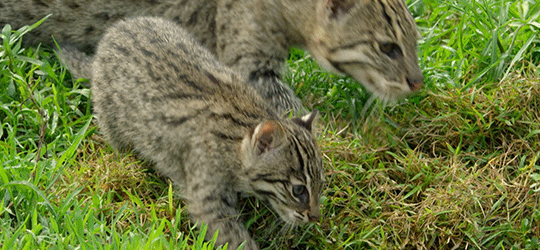

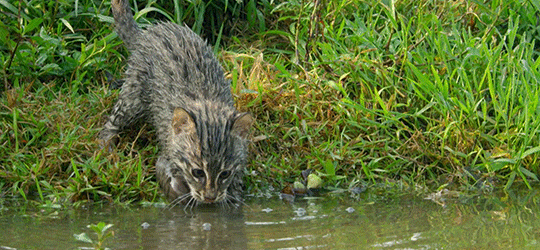
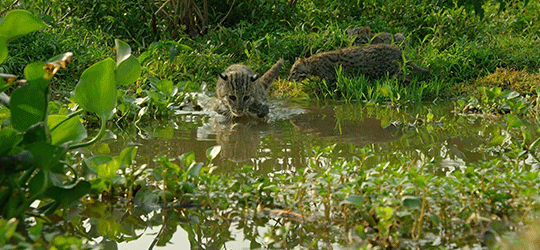
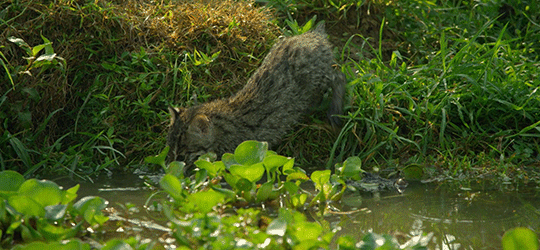
A fishing cat practices hunting with her kittens. BBC Earth
5K notes
·
View notes
Text

A woman lighting the candles for Hindu light festival Diwali. X
530 notes
·
View notes
Text

Tamang woman, Nepal, by PhotoKhichuwa
#tamang#nepal#asia#south asia#folk clothing#traditional clothing#traditional fashion#cultural clothing
765 notes
·
View notes
Text

Article
The number of children dying under five years of age declined by two thirds over the past two decades in Southern Asia, according to new mortality estimates released by UNICEF, the World Health Organization (WHO), the United Nations Population Division and the World Bank Group. Southern Asia includes nine countries: Afghanistan, Bangladesh, Bhutan, India, Iran, Maldives, Nepal, Pakistan, and Sri Lanka.
The report reveals that the number of child deaths under 5 years of age decreased from 5 million in 1990 to 1.3 million in 2022. The report also shows that Southern Asia’s under five mortality rate, or the probability that a child would die before five years of age, reduced by 72 per cent since 1990, and 62 per cent since 2000.
“We have made heartening progress to save millions of children’s lives since 1990. These aren’t just numbers on a page – these are children’s lives saved, sons and daughters, brothers and sisters. This success is largely due to investments in trained health workers, improvements in newborn care, treatment of childhood illnesses and vaccinations for children against deadly diseases,” said Sanjay Wijesekera, UNICEF Regional Director for Southern Asia. “This progress shows us that change is possible. These lives saved are testament to the engagement and will of governments, local organizations, health care professionals such as skilled birth attendants, parents, and families to save the most vulnerable children.” ...
Despite this progress, however, much more needs to be done...
The report also reveals that progress among countries is uneven. Three countries (Iran, Sri Lanka and Maldives) have achieved the SDG 2030 target for under five child mortality reduction and four are on track to meet the target (India, Bangladesh, Bhutan and Nepal). For example, Bangladesh’s neonatal mortality rate decreased from 66 deaths per 1,000 live births in 1990, to 17 deaths per 1,000 live births in 2022.
However, in Pakistan and Afghanistan, urgent action is required to accelerate their annual rates of reduction substantially to meet 2030 targets...
“We call on governments across the region to invest in simple solutions such as having trained birth attendants at every birth, ensuring that all newborns have essential care, better care of small and sick newborn babies, medicines, clean water, electricity, and vaccines to save lives. Every child has the right to healthcare.”
-via UNICEF, March 14, 2024
#children#cw infant death#cw child death#neonatal#public health#south asia#asia#iran#sri lank#maldives#india#bangladesh#bhutan#nepal#pakistan#afghanistan#medical news#children's rights#infant mortality#unicef#good news#hope
241 notes
·
View notes
Text



Investigating the Indian Bullfrog
Indian bullfrogs, also known as Hoplobatrachus tigerinus is a large species of frog native to India, Pakistan, and Bangladesh. They are found in many types of freshwater habitat including wetlands, lakes, and urban ponds and rice paddies.
H. tigerinus is one of the larger frog species, weighing anywhere from 0.27 to 0.77 kg (0.6 to 1.7 lb) and measuring about 167 mm (6.60 in) in length; females tend to be larger than males. Outside the breeding season, males and females are virtually identical, with brown or olive green skin and a yellow stripe running down their back. During the breeding season males turn bright yellow, and their vocal sacs turn blue or purple. This bright coloration indicates to females that they're healthy and strong, and the brighter the color the more mates a male will attract.
Breeding for Indian bullfrogs occurs throughout the monsoon season, from July to November. Once they change color, males find a suitable watering hole and begin calling to attract females. After a female chooses a male, other males often attempt to climb on top of the mating pair and insert themselves into the pairing. Once she has finished with her selected mate, the female moves to a quiet area and attaches a clutch of up to 5,000 eggs to underwater vegetation. Several days later the eggs hatch, and tadpoles take several weeks to metamorphose into their adult form. Males reach full maturity in only 10 months, while females take up to two years. Individuals can live up to seven years in the wild.
Outside the mating season, H. tigerinus is nocturnal. They spend most of their time foraging in the leaf litter and brush surrounding their freshwater habitats. Their main diet consists of invertebrates like beetles, worms, and centipedes, and adults will also opportunistically feed on small mammals and birds. Tadpoles are primary predators of mosquito larvae. The main predators of adult Indian bullfrogs are snakes, especially the Asiatic water snake.
Conservation status: The IUCN has rated the Indian bullfrog as Least Concern. They are highly adaptable to urban environments. The species has been introduced in many countries outside its native range, including the Maldives and Madagascar, where it is considered an invasive species.
Photos
Kishan Meena
H. H. Harikrishnan et al.
Danile Nasika
#indian bullfrogs#Anura#Dicroglossidae#fork-tongued frogs#frogs#anurans#amphibians#freshwater fauna#freshwater amphibians#wetlands#wetland amphibians#urban fauna#urban amphibians#asia#south asia#india#animal facts#biology#zoology#ecology#nature
248 notes
·
View notes
Text


Bangladesh 50 years ago and Bangladesh this week
693 notes
·
View notes
Text

Persian and Indian Wolf Canis lupus ssp. pallipes
Observed by orijit, CC BY-NC
552 notes
·
View notes
Text

Port workers of India stand with Palestine
#THIS IS WHY YOU NEED UNIONS PEOPLE#palestine#from the river to the sea palestine will be free#we stand with palestine#solidarity with palestine#we stand with gaza#gaza genocide#india#desiblr#desi tumblr#israel#south asia#stand with gaza#stand with palestine#from the river to the sea#ceasefire now#ceasefire
3K notes
·
View notes
Text
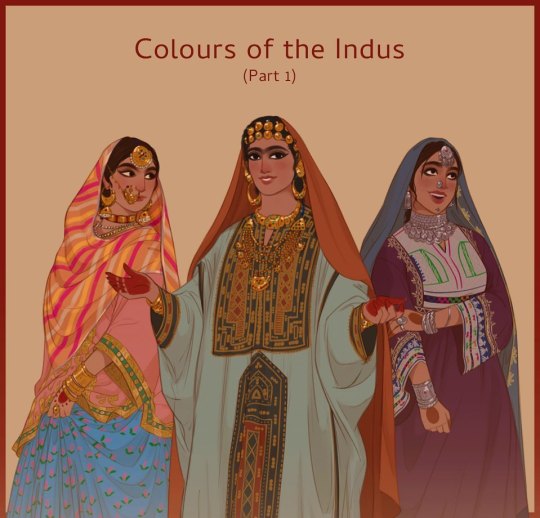




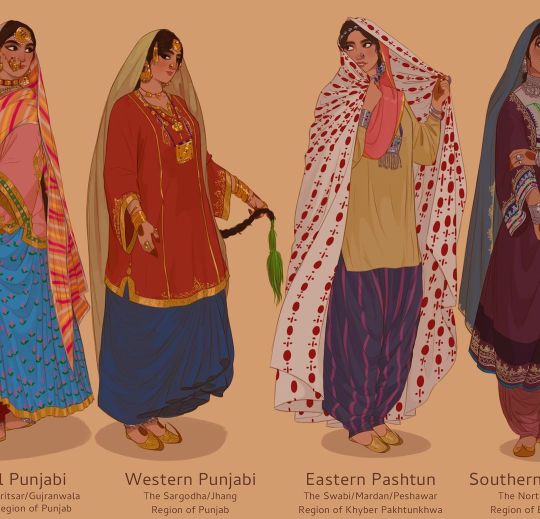
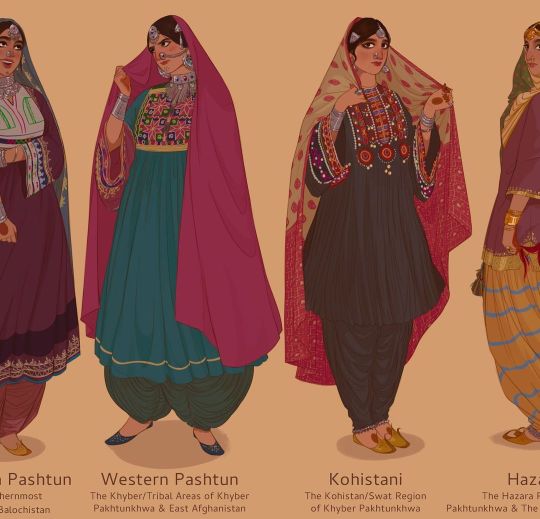


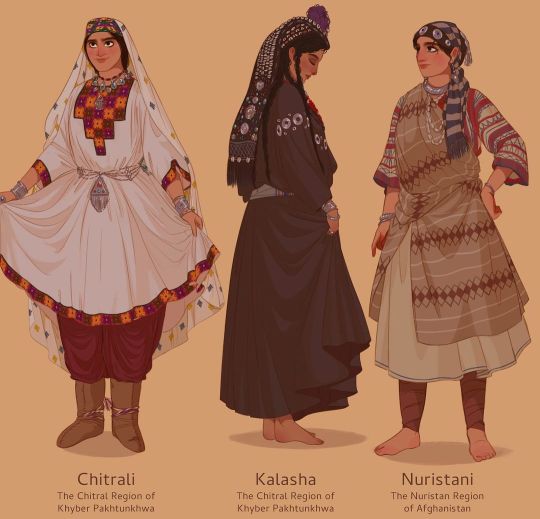
Arsalan Khan
#arsalan khan#arsalanactual#art#south asia#indus river#indus valley#pakistan#india#afghanistan#kashmir#tradition#clothes
2K notes
·
View notes
Text

Interiors of Masjid Wazeer Khan, Lahore; photographed by Areesha Khalid.
#masjid wazeer khan#masjid#mosque#islamic architecture#lahore#pakistan#south asia#south asian#pink aesthetic#barbiecore#barbie#places#ph#ots#interiors#areesha khalid#wazir khan mosque
983 notes
·
View notes